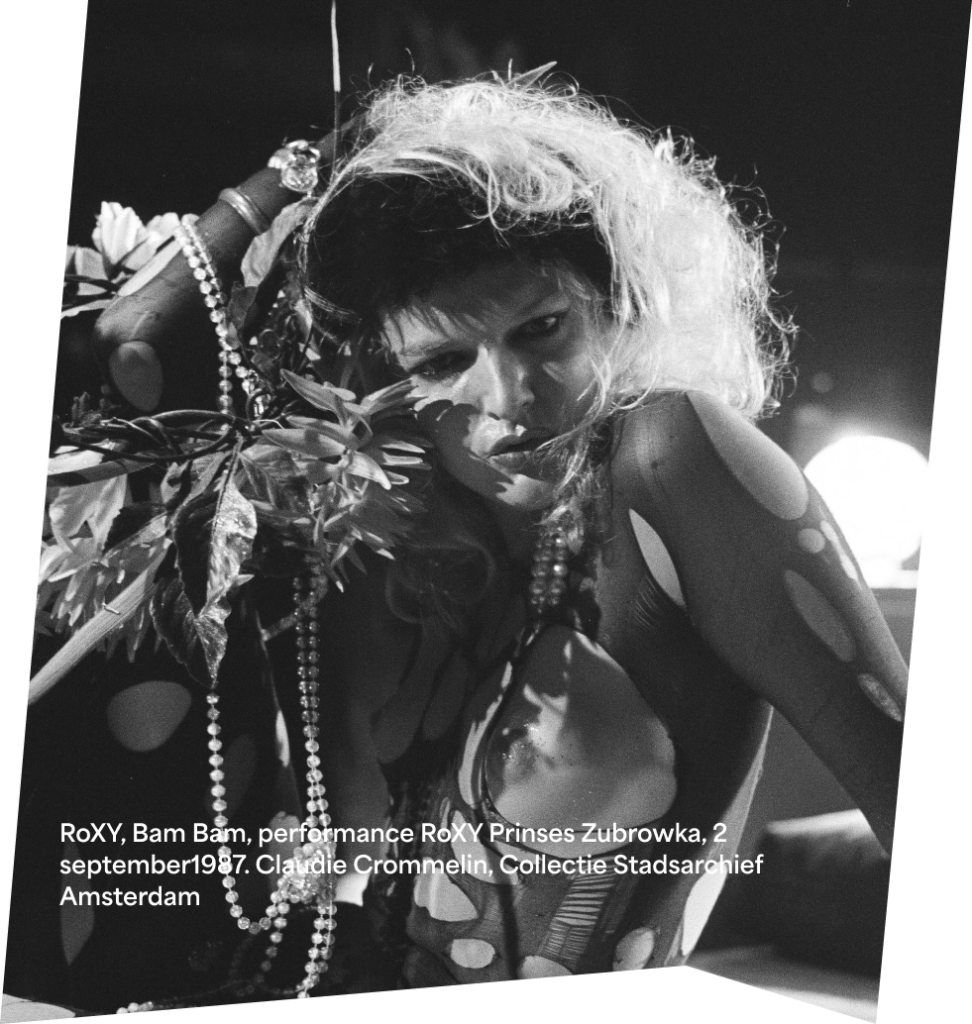
Go on a journey through the legendary club scene from the 1980s to the present day. Experience the power of music, art, and creativity. Lose yourself in art, personal stories, and the nocturnal energy that transforms the city. This is your chance to embrace the night, feel the freedom, and discover Amsterdam’s unique club culture. Come and be inspired!
Admission Prices
Adults: €10,-
Free admission for children aged 0-18, students, Museumkaart holders, Stadspas holders, I Amsterdam City Card holders, Friends of Stadsarchief, and Vereniging Rembrandt members.
Opening Hours
Tuesday till Friday from 10.00-17.00 h
Saturday & Sunday from 12.00-17.00 h
How to Get There
The Amsterdam City Archives, Vijzelstraat 32, Amsterdam
Metro 52 stop Vijzelgracht or Rokin.
Parking in the center of Amsterdam is challenging and expensive. For more information about parking in Amsterdam, visit Parking and Traffic
The Amsterdam City Archives is a five-minute walk from Rembrandtplein, ten minutes from Leidseplein, and fifteen minutes from Dam Square. See here for directions. See here for directions.
The main entrance of The Amsterdam City Archives is accessible only via stairs. The building has two other entrances: through the Stadsboekwinkel and Café-Restaurant De Bazel. here are elevators in these entrances that can be operated by users of wheelchairs up to 225 kg. Users of wheelchairs or mobility scooters that are heavier can use the service entrance at Herengracht 482. A small part of the exhibition, on an intermediate floor in the building, is not wheelchair or mobility scooter accessible.



About the Exhibition
To Dance is to be Free explores the core of club culture in Amsterdam from 1980 to the present day with breathtaking photos, personal stories, historical flyers, immersive videos, exceptional visual art, valuable documents, and unique objects. Relive memories of iconic clubs like RoXY, iT, Mazzo, Club11, and Trouw, and discover the stories behind contemporary organizations such as Spielraum, 3X, and Garage Noord.
Do-It-Together
Get inspired by club flyers from the 1980s. They were often handcrafted by drawing, painting, cutting, and pasting. Then, they were copied in large quantities and distributed. With limited resources, artistic and experimental designs were created. RoXY is known for its vast legacy of freaky flyers.
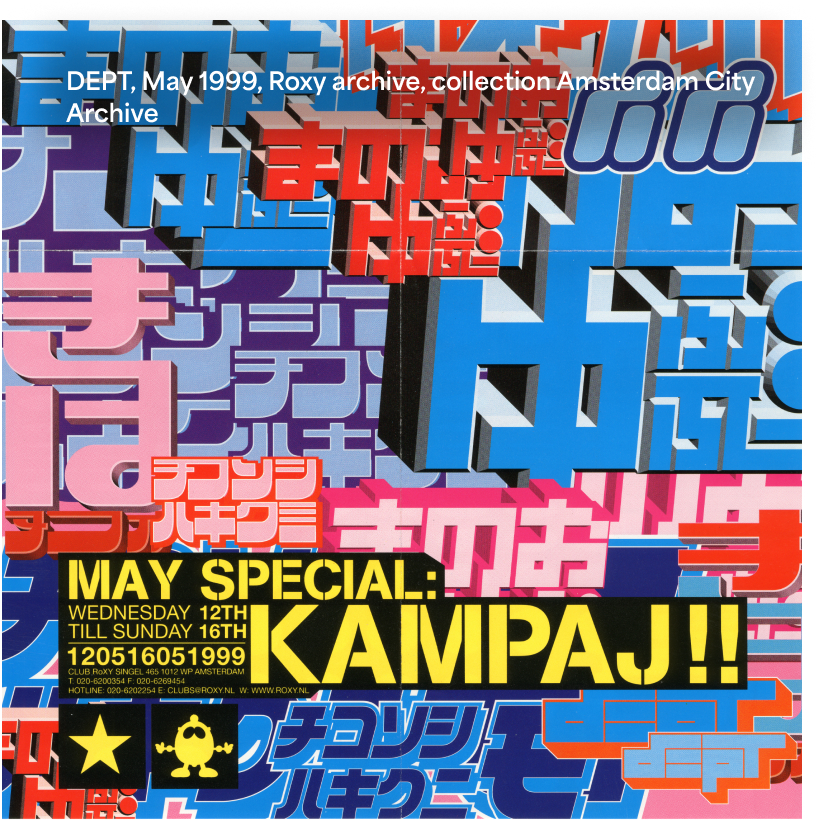
Trial and Error
Using meeting minutes and sketches, we peek behind the scenes of clubs. The night may not have a preconceived or well-defined plan, but there are things that need to be prepared. Archive materials show how clubs such as RoXY or TrouwAmsterdam approached this.
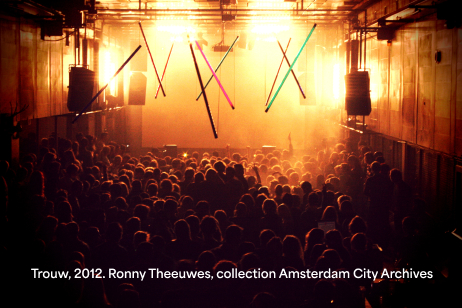
We explore the club as a platforms for political expression and solidarity. The LGBTIQIAP+ community and club culture are closely intertwined. Clubs can be safe havens where queerness is celebrated, and people can explore their identity without judgment or discrimination. Moreover, club culture plays a crucial role in building and sustaining these communities. Clubs and parties are places where people can connect, find support, and form relationships with like-minded individuals who share their experiences.
An exciting club becomes its own universe
A place where you lose all sense of time and place and fully immerse yourself in the here and now. Artworks by Heleen Blanken, Gerald van der Kaap, Bogomir Doringer, Children of the Light, and Juha van ’t Zelfde connect the club experience with sensory wonderment.
Personal Stories
Step into the world of inspiring night owls! In our exhibition, you’ll meet people for whom the night is an indispensable part of their lives. Listen to their stories and understand why the night has been so important to them. A unique opportunity to see how the night transforms and shapes lives.
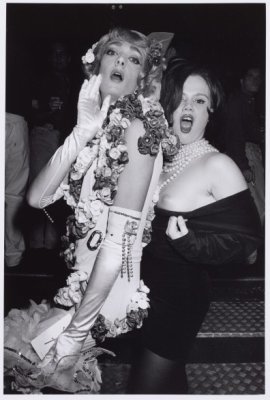
A Trip Down Memory Lane
If you’ve ever danced the night away in Amsterdam, this exhibition will be a nostalgic celebration of those unforgettable moments. Relive the beats, relish the memories, and let the music take you back.
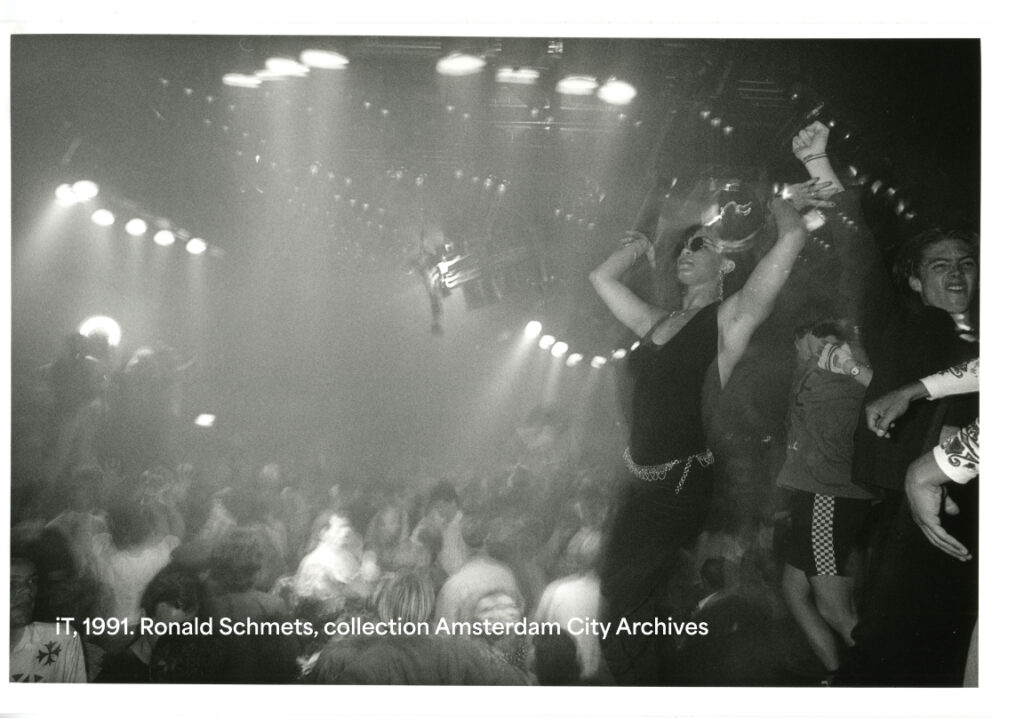
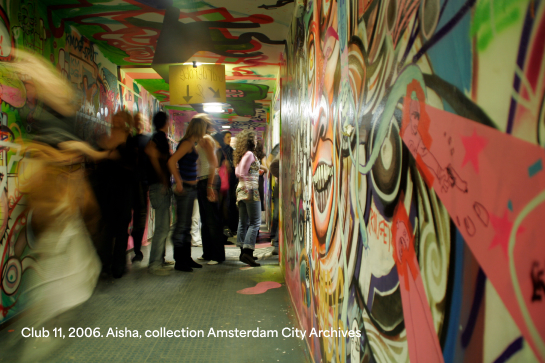
For All Explorers
Whether you’re a seasoned Amsterdam night owl or new to the scene, this exhibition promises a captivating journey of discovery. Immerse yourself in the history, stories, and
soul of a city that knows how to celebrate life.
Meetings at night
Also interesting
Keep a close eye on this website and our social media channels for more info on more upcoming events. Keep a close eye on this website and our social media channels for more info on more upcoming events.
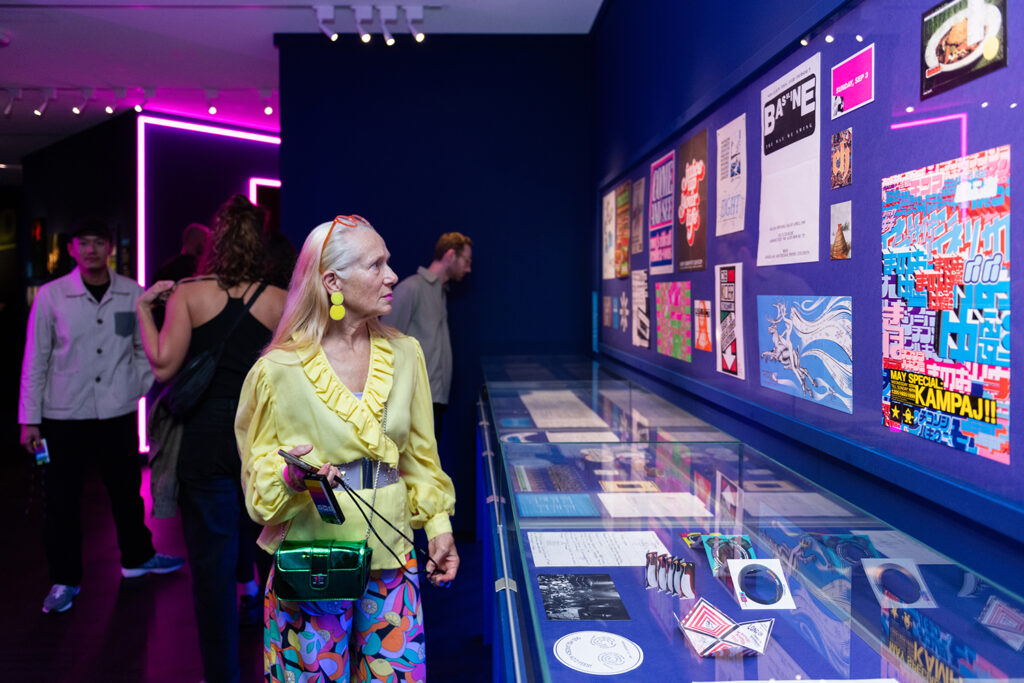
Eddy De Clercq, living legend of Amsterdam’s Club Culture
December 16 and 17, 2:00 PM

About us
The Amsterdam City Archives has a rich history, and The Amsterdam City Archives is like a time machine. Explore photos, drawings, centuries-old maps, documents, and objects, and be captivated by the stories that have shaped our city.
From the first document mentioning the city ‘Amestelledamme’ to the rebellious art scene of the 1980s, discover the fascinating stories behind Amsterdam’s most significant moments. Whether you’re a student, a curious mind, or a future history expert, Stadsarchief is at your service.
Conduct research, learn, and expand your knowledge with original or digitized sources. We organize events, exhibitions, and workshops that take you on an engaging journey through time. It’s history in the making!
And if you have a personal story, photos, or objects that deserve a place in Amsterdam’s history? We welcome your contributions to enrich our archive.
So, what are you waiting for? Come to The Amsterdam City Archives, where history comes to life, and where you become a part of the story.

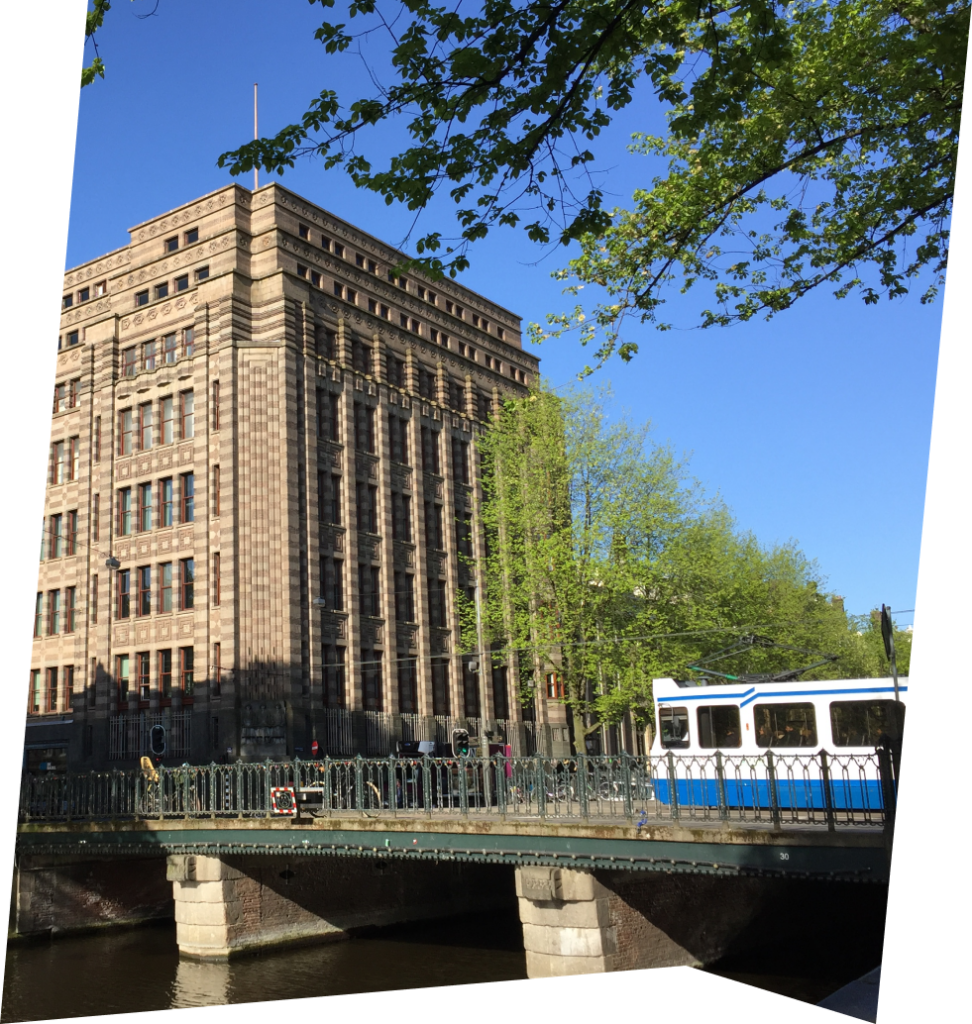
The night has the future
In 2021, Amsterdam was the first city in the Netherlands to present its Night Vision, a recognition and definition of the value of the city’s night life. This vision has been converted into policy with the recently published Night Culture Implementation strategy 2023-2026. The municipality of Amsterdam is committed to this cause because night culture is part of the city and the night is an outlet and charging point for many people, scenes and subcultures. Every last Thursday of the month The municipality of Amsterdam offer the Night Culture consultation hour, where you can share creative nighttime ideas, or ask questions about subsidy schemes, permit processes and available spaces.
The Night Vision, Night Culture implementation strategy and the registration form for the consultation hours can be found at: https://www.amsterdam.nl/kunst-cultuur/nacht-toekomst/
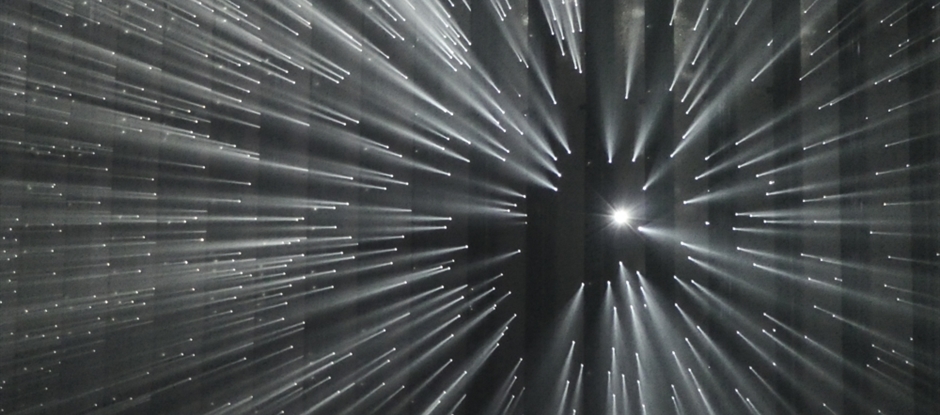
I Dance Alone
Doringer’s I Dance Alone project can be experienced in the exhibition and can also be seen in the small museum until January 12, 2024.
The work in the small museum shows us an intimate close-up of different individuals on the dance floor. As Paradiso visitors wait in line before entering the nightlife, Doringer’s work, visible on the Paradiso façade, asks the viewer to reflect on the nature of our own dancing: What moves us in times of socio-political change? More information? https://www.paradiso.nl/landing/small-museum/689906
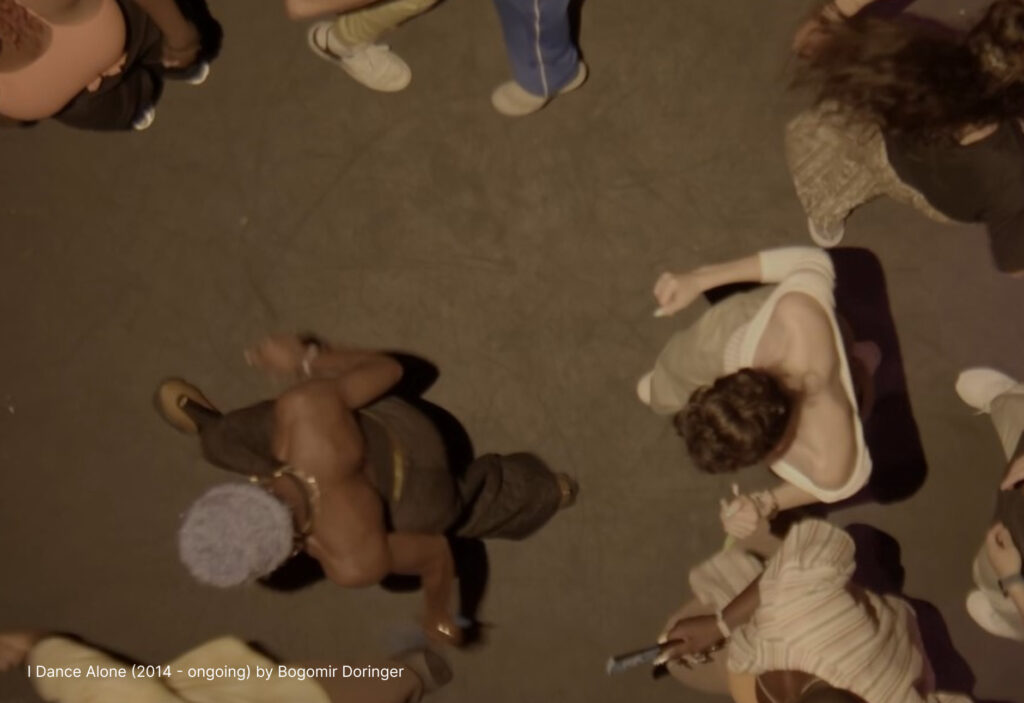
Stay up to date with everything about the exhibition and fringe programming? Regularly check this website, follow us on Facebook and Instagram, and/or subscribe to the newsletter.
The exhibition is made possible by:








Opening Hours
Tuesday till Friday from 10.00-17.00 h
Saturday & Sunday from 12.00-17.00 h
Warning
The exhibition uses bright lights, flickering projections and open sound.
Deviating opening times
Closed on Christmas Day
Boxing Day open from 12.00 to 17.00 h
Closed New Year’s Day

Zaterdag 16 en zondag 17 december om 14.00 uur
Grijp je kans op zaterdag 16 of zondag 17 december! Eddy De Clercq, levende legende van de Amsterdamse Clubcultuur, neemt je mee op een unieke tour door de tentoonstelling Wie Danst is Vrij. Clubcultuur in Amsterdam 1980-nu in Stadsarchief Amsterdam.
Ontdek de geschiedenis van Eddy De Clercq, DJ, producer en organisator van legendarische clubavonden. Hij deelt zijn verhalen en neemt je mee langs bijzondere archiefstukken. De tour start boven bij de tentoonstelling en eindigt beneden bij de docu van Juha van ‘t Zelfde over het rebelse Amsterdam in de jaren 80 en 90.
Meld je snel aan via rsvp.saa@amsterdam.nl er is plek voor 15 mensen per ronde. Wees er snel bij, want vol is vol!
Dus, waar wacht je nog op? Duik in de coolste verhalen van de Amsterdamse Clubcultuur met Eddy De Clercq.
Adres: Vijzelstraat 32, Amsterdam
Datum en Tijd: zaterdag 16 en zondag 17 december om 14.00 uur
Verzamelen: bij de welkomstbalie in de hal van Stadsarchief Amsterdam
Kosten: €5 + entree tentoonstelling (betalen bij de kassa)
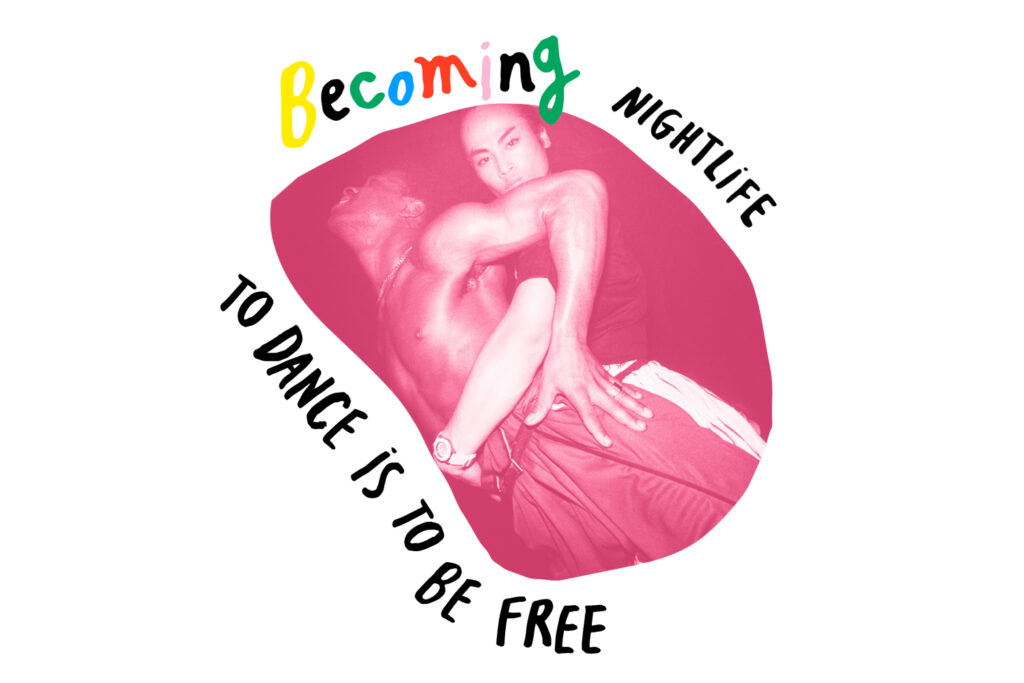
Vrijdag 1 maart 20.00 uur
Kom op vrijdag 1 maart naar de slotmanifestatie van Wie Danst is Vrij, gecreëerd door BECOMING.
BECOMING is een fluïde bubbel vol diepgang. Elke editie geeft een ander queer perspectief op identiteit en seksualiteit. Laat je onderdompelen in intimiteit, feest, sensualiteit, dialoog, kunst en community!
Bij BECOMING geldt: kwetsbaarheid is kracht, feest is diepgang én iedereen is queer!
BECOMING: Nightlife
Gecombineerd met de iconische tentoonstelling ‘Wie danst is Vrij’ belichten we het belang van de nacht!
Een avond vol fluide performances in en om de expositie.
Verwacht een queer reflectie op body positivity, toegankelijkheid kink, identiteit en joy.
Bovenal; verwacht te dansen!
Voor BECOMING Nightlife, ruilen we de black box in voor de white cube, en vertellen we verhalen over de Amsterdamse nacht in het Stadsarchief Amsterdam.
Tickets
Op deze theatrale avond is maar plek voor 200 personen, dus wees snel en haal je ticket via https://stadsarchiefamsterdam.ticketteam.com/evenement/#/tickets/event?event=240301E2
Credits:
Creators: Alejandra Zabala & Loulou Sjerps
Hosts: Taka Priest & Rikkert van Huisstede
Designer: Isabelle van Putten
Image: iT, Wet-Look-Party, 1990.Ronald Schmets.

December 16 and 17, 2:00 PM
On Saturday, December 16, and Sunday, December 17! Eddy De Clercq, living legend of Amsterdam’s Club Culture, takes you on a unique tour of the exhibition “Wie Danst is Vrij. Club culture in Amsterdam 1980-now” at the Amsterdam City Archives.
Discover the history of Eddy De Clercq, DJ, producer, and organizer of legendary club nights. He shares his stories and guides you through special archival pieces. The tour starts upstairs at the exhibition and ends downstairs at Juha van ‘t Zelfde’s documentary about rebellious Amsterdam in the 80s and 90s.
Hurry and sign up via rsvp.saa@amsterdam.nl, as there is space for only 15 people per round. Be quick because when it’s full, it’s really full!
So, what are you waiting for? Immerse yourself in the coolest stories of Amsterdam’s Club Culture with Eddy De Clercq.
Location: Vijzelstraat 32, Amsterdam
Date and Time: December 16 and 17, 2:00 PM
Meeting Point: at the welcome desk in the hall of the Amsterdam City Archives
Cost: €5 for the guided tour + exhibition entrance
Payment for the tour can be made at the cashier of the Amsterdam City Archives.

Friday 1 March 20.00 h
Join us on Friday, March 1, for the closing event of Who Dances is Free, created by BECOMING.
BECOMING is a fluid bubble full of depth. Each edition gives a different queer perspective on identity and sexuality. Immerse yourself in intimacy, celebration, sensuality, dialogue, art and community!
At BECOMING, vulnerability is power, party is depth and everyone is queer!
BECOMING: Nightlife
Combined with the iconic exhibition ‘To Dance is to be Free’ we highlight the importance of the night!
An evening of fluid performances in and around the exhibition.
Expect a queer reflection on body positivity, accessibility kink, identity and joy.
Above all; expect to dance!
For BECOMING Nightlife, we swap the black box for the white cube, and tell stories about the Amsterdam night at the Stadsarchief Amsterdam.
Tickets
There is only room for 200 people on this theatrical evening, so be quick and get your ticket via https://stadsarchiefamsterdam.ticketteam.com/evenement/#/tickets/event?event=240301E2
Credits:
Creators: Alejandra Zabala & Loulou Sjerps
Hosts: Taka Priest & Rikkert van Huisstede
Designer: Isabelle van Putten
Image: iT, Wet-Look-Party, 1990.Ronald Schmets.